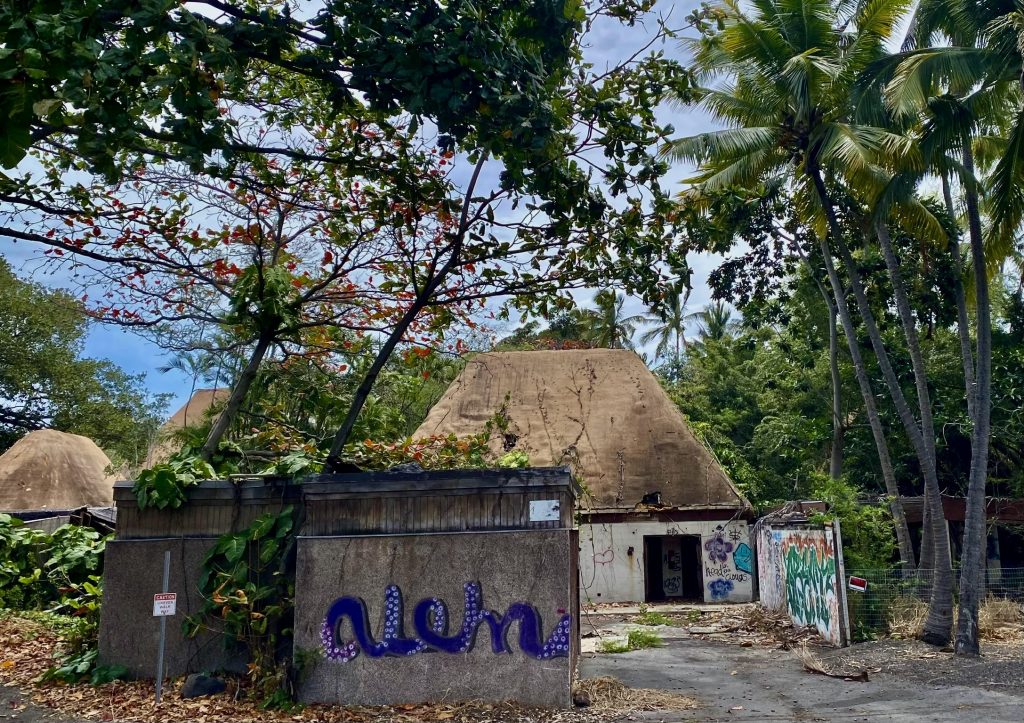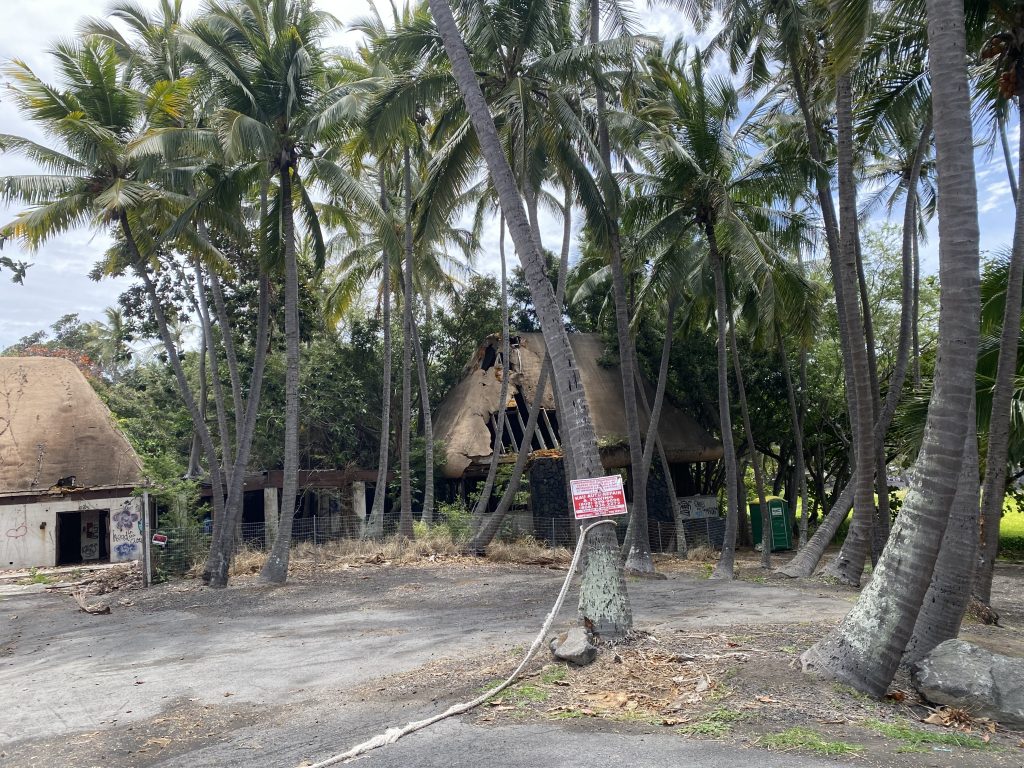Big Island residents hold second sign waving opposing proposed Punalu‘u resort
Ka‘ū residents on the Big Island gear for the Windward Planning Commission’s special meeting today where petitions contesting the special management area use permit application in Punalu‘u for a luxury resort will be discussed.
There are three petitioners: the Association of Apartment Owners of Colony 1 at Sea Mountain; Center for Biological Diversity; and ‘Iewe Hanau o Ka ‘Āina. More testimony will also be heard during the special meeting.
The last Windward Planning Commission on March 7 was hours long as commissioners listened to testimony opposing Punalu‘u Village — a proposal to build 225 residential and short-stay units, a village and wellness center, rehabilitation of an existing golf course and tennis facilities as well as extensive infrastructure — which will sprawl across 147 acres around Punalu‘u Black Sand Beach Park.
The subject properties are located within the extent of the former Sea Mountain at Punalu‘u resort area — east (makai) of Hawaiʻi Belt Road in the vicinity of Nīnole Loop Road — which was destroyed in the 1975 tsunami.
The total anticipated cost of the proposed project could range between $200-$350 million.
As they’ve waited for another chance to speak out against the project and developer, Black Sand Beach LLC, dozens of community members have been holding sign wavings near the entrance to Punalu‘u Beach Park.
Elsa Dedman, a Ka‘ū resident for more than 50 years, has been on the front lines strongly opposing the development and she is among the petitioners that the Windward Planning Commission will grant standing.
If any of the petitions are granted standing, county officials say, the next step would move into mediation where the goal would be to come to a compromise with the developer.
If commissioners don’t grant standing, they could take the next step and vote on whether or not they will grant the permit, which will allow the developer to move forward with its architectural and engineering design phase.
Petitioners can contest the decision by filing a complaint in 3rd Circuit Court.
Dedman’s family has been fighting for years to preserve Punalu‘u from development, and have succeeded. She is now part of the latest battle to protect the black sand beach, home to nesting green sea turtles, hawksbill turtles, historical sites and burials of iwi kūpuna.
“My goal is to get Punalu‘u preserved for the next generation so they don’t have to go through the same struggle,” Dedman said. “A huge resort doesn’t fit into the agriculture community and keep the 80-mile coastline untouched.”
Dedman is encouraging people to come and speak out against the proposed development.
“The ‘aina is our life; the kai is what we need to survive,” Dedman said. “To contaminate the ocean with this development is sacrilegious.”
On April 27, those waving signs were joined by Rep. Jeanné Kapela, who represents the Ka‘ũ District in the State House of Representatives. She started to get more involved in the movement in April.
With the Lāhainā wildfire taking center stage during this year’s legislative session, Kapela said she could see the proposed Punalu‘u development as the next catastrophic event for the state.
Kapela has submitted testimony for the upcoming meeting on Monday and plans to testify in opposition to the project.
After spending the afternoon in Ka‘ū, Kapela wondered if any of the commissioners or County Planning Director Zendo Kern had been to the rural community to see the basic infrastructure of the former resort and its dilapidated buildings.
“Do they [commissioners] recognize that the community is fragile,” Kapela questioned. “The reality is the project is not sustainable.”
While she was in Ka‘ū, the representative said some of the building material, drywall with asbestos, had been taken down and dragged into a dry field.
“The area itself is a tinderbox,” she said. “It could truly lead to the next Lāhainā wildfire.”
Kapela said county leaders have a duty to the people in Ka‘ū and Big Island to not allow rampant developers to destroy the land to develop a luxury resort catering to tourists.
“There’s so much historical knowledge and generational knowledge that needs to be supported,” Kapela said, adding if the commission approves the permit it will be a slap in the face and show that colonization is alive and well.
Four hundred people caravanned from Ka‘ū to Hilo for the 9 a.m. meeting on March 7.
A caravan has been organized again to get as many people to Hilo on Monday to express their opinions on the proposed project.

“My hope is commissioners will vote no on development and deny SMA because that will allow us to move forward to preserve Punalu‘u for the next generation,” Dedman said.













